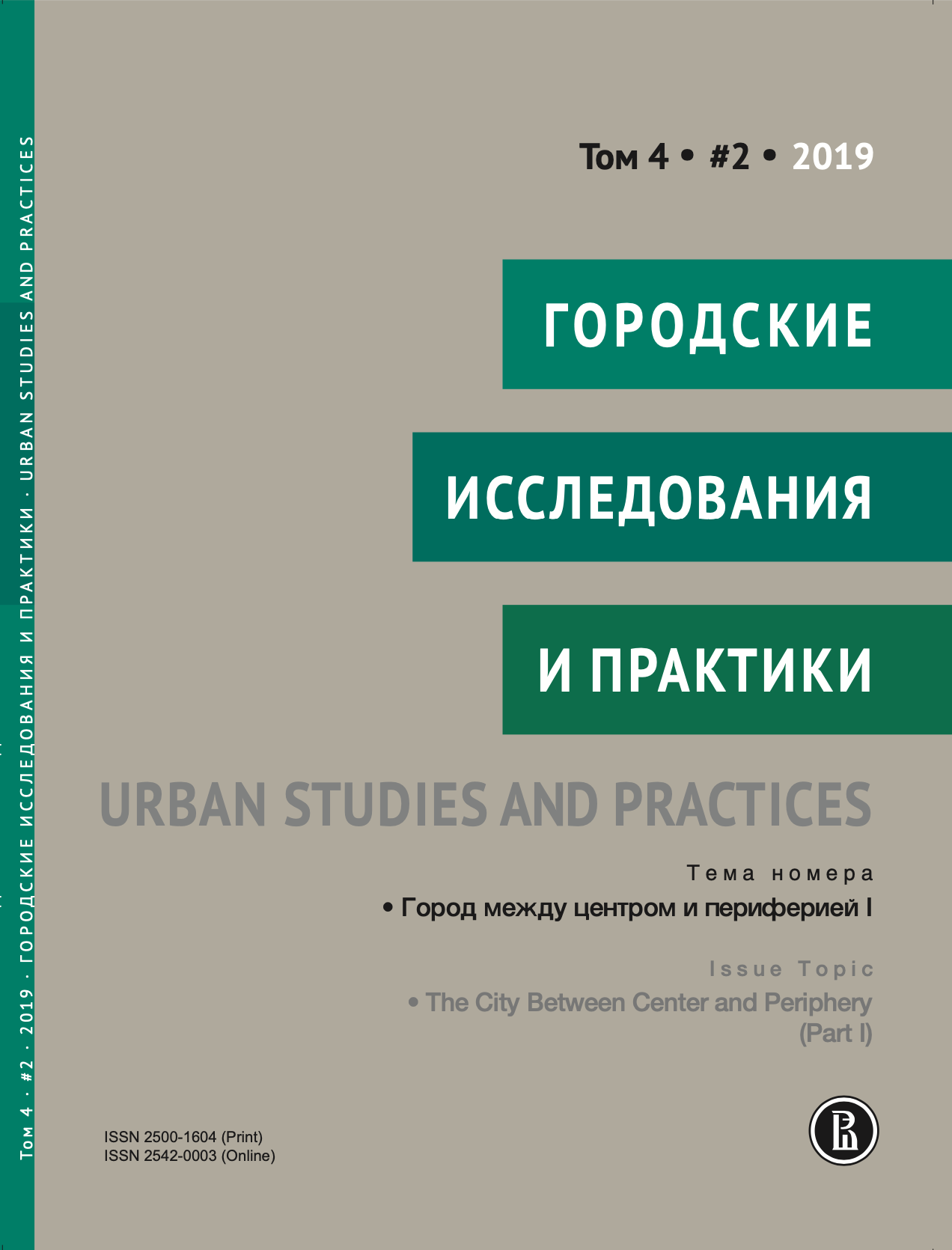
This double issue it introduces serve as the potential ground for a dialogue on center-periphery relations in urban development and the theoretical debates it inspires. It not only reflects on the ongoing struggles between the so-called “centers” and “peripheries” in the post-socialist context, but also sheds light on the changing conceptual and methodological apparatus we use to study these relations. We argue against the stationary understanding of center and periphery, and towards the dynamic and interdependent nature of these relations. We think that the relational turn in geography can prompt the field of urban studies to think of center and periphery less as spatially rigid, and more as fluid categories, which only through their constant social production and reproduction, and the power relations inherent therein acquire a spatial character. This calls for a shift in the focus to the everyday practices and social struggles that (co-)constitute socio-spatial inequalities. From such a perspective, matters such as knowledge orders and discourses, nostalgia and memory, myth and stigma, emotions and representations take on an active role — not only in framing the relations between centers and peripheries, but in the continuous and contested production of centers and peripheries per se.
